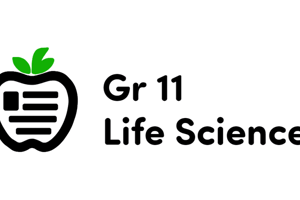Podcast
Questions and Answers
According to the Kinetic Theory of Gases, what is the primary factor determining the kinetic energy of gas molecules?
According to the Kinetic Theory of Gases, what is the primary factor determining the kinetic energy of gas molecules?
- The temperature of the gas (correct)
- The pressure of the gas
- The mass of the gas molecules
- The shape of the gas molecules
What is the root mean square speed for the given gas molecules with speeds 2, 3, 4, 5, and 6 in arbitrary units?
What is the root mean square speed for the given gas molecules with speeds 2, 3, 4, 5, and 6 in arbitrary units?
- 3.52
- 4.00
- 2.91
- 4.24 (correct)
What is the expression for the mean free path of a gas with molecular diameter d and number density n?
What is the expression for the mean free path of a gas with molecular diameter d and number density n?
- $\frac{1}{2n^2\pi d^2}$
- $\frac{1}{2n^2\pi d}$
- $\frac{1}{2n\pi d^2}$ (correct)
- $\frac{1}{2n\pi d}$
Flashcards are hidden until you start studying
Study Notes
- Ideal Gas Laws: Boyle's Law and Charles' Law
- Boyle's Law: For constant temperature, pressure of an ideal gas is inversely proportional to its volume.
- Holds for perfect gases, doesn't depend on mass.
- Applicable to isobaric, isothermal, and isochoric changes.
- Charles' Law: For constant pressure, volume of an ideal gas is directly proportional to absolute temperature.
- Avagadro's Hypothesis: At constant temperature and pressure, equal volumes of gases have equal numbers of molecules.
- Ideal Gas Equation: Equation of state for ideal gases.
- Ideal Gas & Real Gas: Differences between ideal and real gases according to Kinetic Theory of Gases.
- Kinetic Theory of Gases: Postulates explaining gas behavior.
- Root Mean Square Velocity: Speed measurement of gas molecules.
- Mean Free Path: Average distance traveled by a gas molecule before colliding with another.
- Ideal Gas Laws and Kinetic Theory of Gases interconnected through molecule behavior and gas properties.
Studying That Suits You
Use AI to generate personalized quizzes and flashcards to suit your learning preferences.



